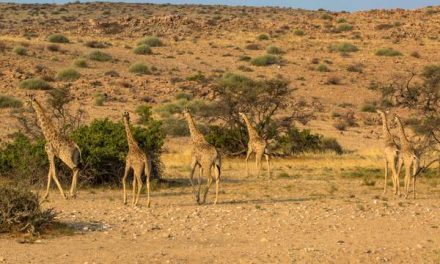
Economic growth and biodiversity adversely affected by wildlife crimes – report

Wildlife crimes remain a severe threat to the economy and biodiversity as well as to local livelihoods, the recently released Second National Integrated State of the Environment Report for Namibia showed.
According to the report, a large number of wildlife crime cases are related to poaching for meat while rhinos currently represent the most valuable and sought after wildlife crime target.
“Between 2018 and 2019, there has been an increase in registered wildlife cases related to high-value species growing from 115 to 174 cases. Of all the registered cases in 2019, Pangolin was by far the most targeted high-value species representing 21% of all cases. These are often trafficked alive and can be rehabilitated if seized alive. Elephant cases make up a significant 12% and usually consist of ivory seizures while rhino cases make up 7% of the total, many are pre-emptive cases where animals can be saved,” the report states.
According to the report, the highest incidence of wildlife crimes is in the central, eastern and northeastern parts of Namibia where the highest number of incidences were recorded in the Otjozondjupa region.
The report states that there has been a significant increase in elephant numbers which is attributed to the decrease in elephant poaching by 85% from 2014 when 78 elephants were poached to 2020 when 11 were poached.









































